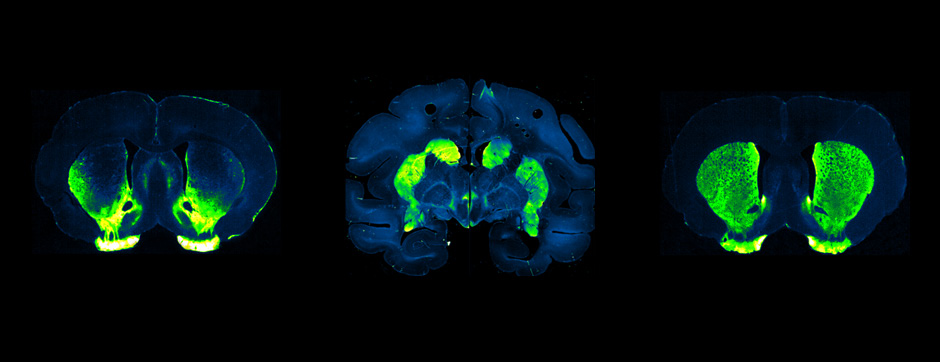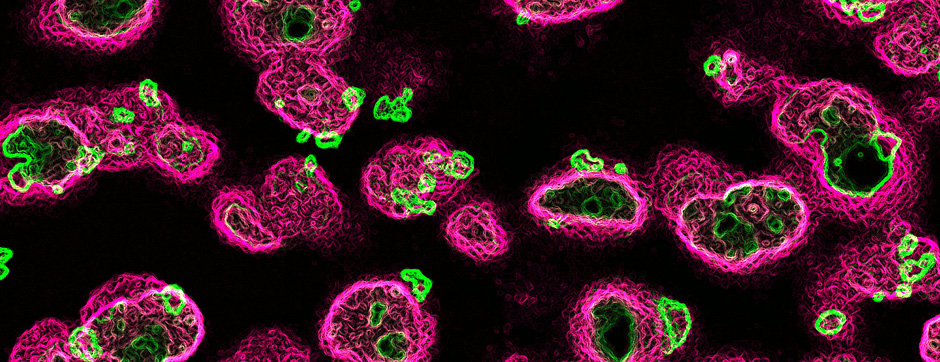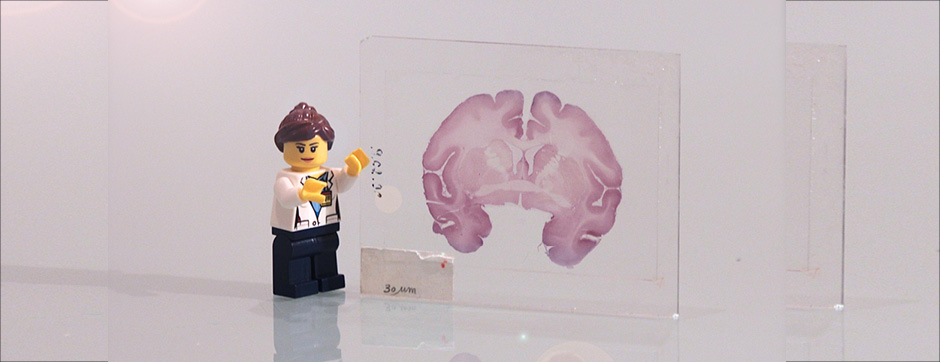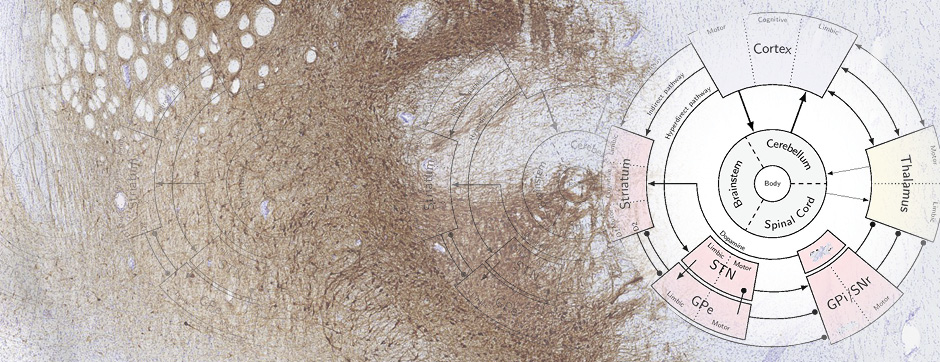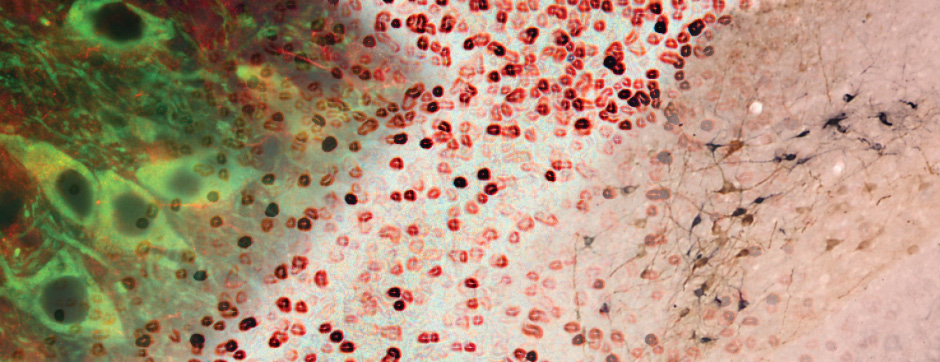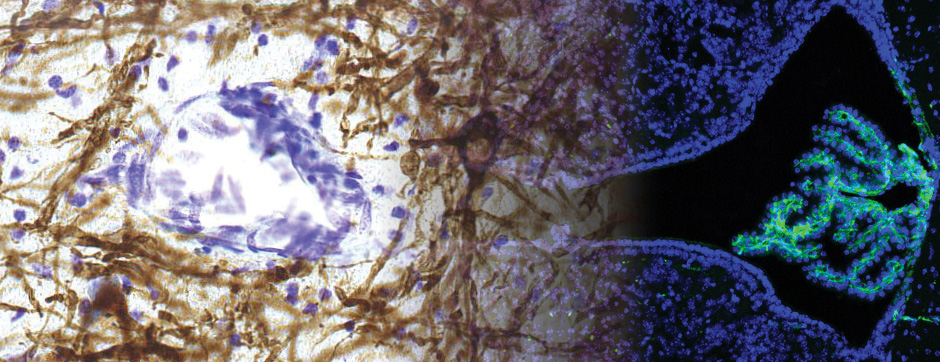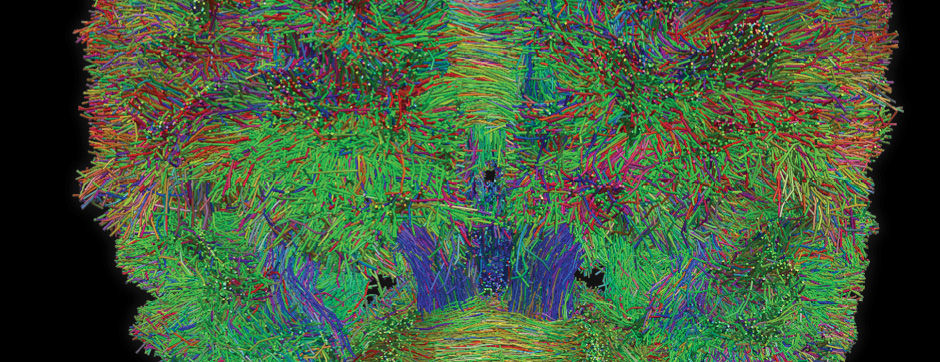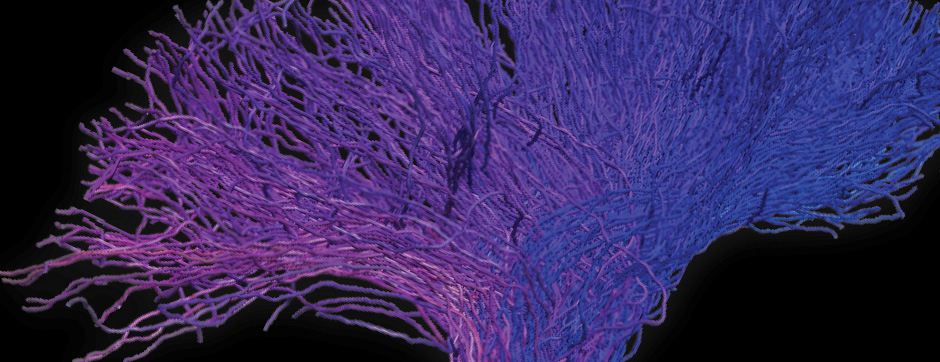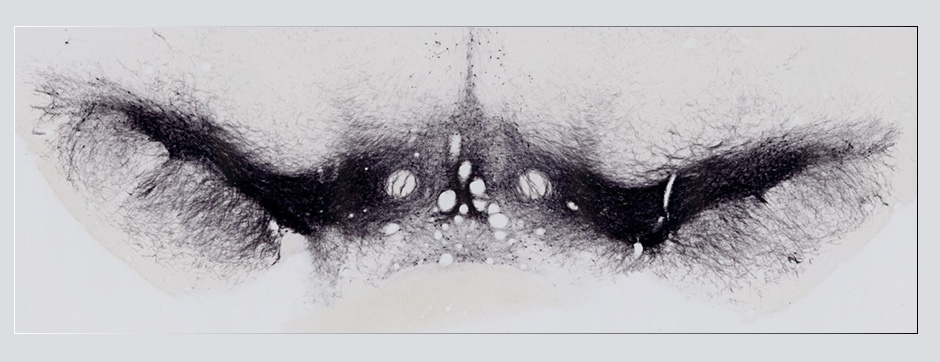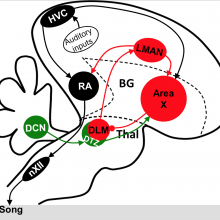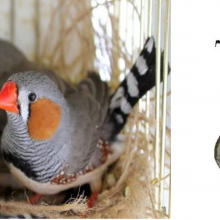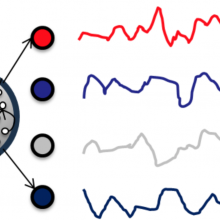Welcome to Arthur and his zebra finches
Dr. Arthur Leblois left Paris and joined the team of Dr. Thomas Boraud and Pierre Burbaud in our institute.
He did his PhD in Paris (Université Pierre et Marie Curie, from 2002 to 2006) under the supervision of David Hansel and Thomas Boraud on the dynamics of the basal ganglia-thalamo-cortical loop and its link to Parkinson’s disease symptoms.
He then moved to Seattle for his post-doc (2007 to 2020) with David Perkel, on the role of dopamine and the fast transmission in the basal ganglia of songbirds.
Coming back to Paris, he settled his own research group at Paris Descartes University to work on songbird basal ganglia thanks to various grant support (ANR, Europe and Paris City). He was recruted as a researcher at the CNRS in 2012 before moving to our laboratory more recently.
His research focuses on the analysis of neuronal dynamics and the emergence of function and dysfunction in large neuronal network, mostly working on the function of the basal ganglia in motor learning and motor control, as well as their dysfunction in pathologies such as Parkinson’s disease or dystonia.
More recently, he is interested in the interaction between the cerebellum and basal ganglia and its role in motor learning. He always combines, when possible, theoretical and experimental approaches, with a constant dialogue between them: predictions are extracted from theoretical models and then tested experimentally.
The major results from his research are as follows. His PhD research showed that the pathological oscillations observed in the basal ganglia in PD are not responsible for the motor symptoms. His post-doctoral work revealed that the level of tonic dopamine in the striatum regulates song variability as a function of social contexte in zebra finches. Finally, he showed more recently that a minimal network with two neuronal populations can generate the typical motor variability found in babbling, in birds as in human babies, and revealed physiological correlates of the proposed mecanism in the activity of song-related neurons in finches.


